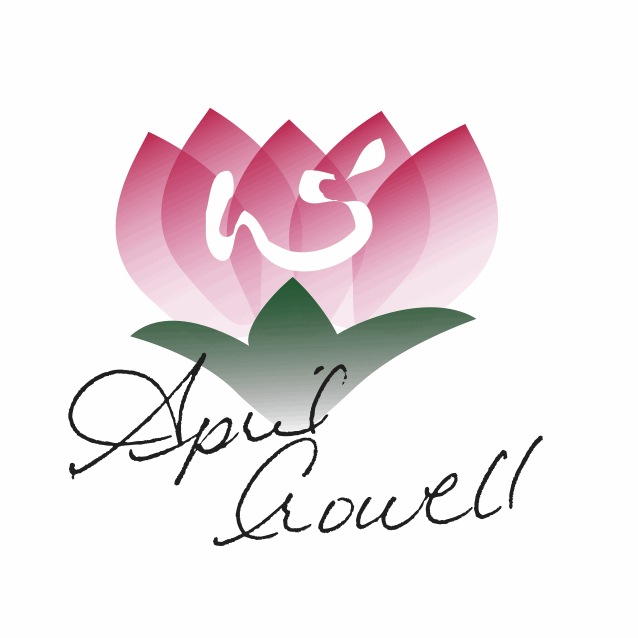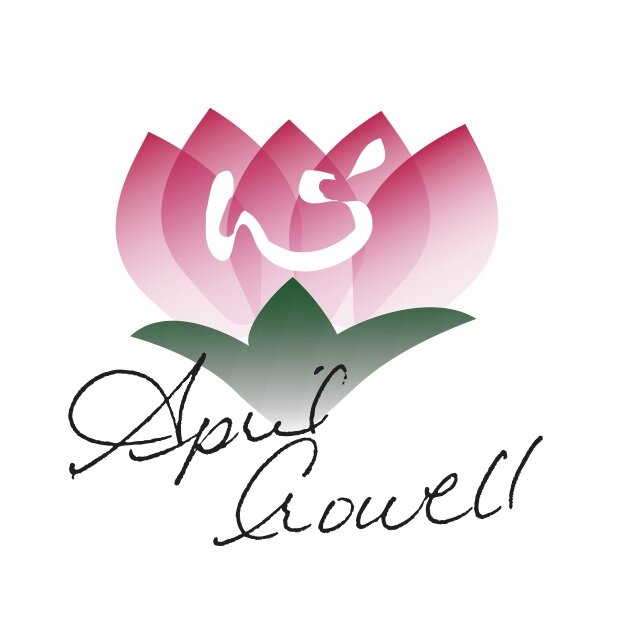Merry Mints – The Energetics Of Mints
Basil, apple, sage and spearmint;
Oregano, catnip, pineapple and peppermint;
To many dishes their flavor they’ve lent;
Yet why is one not called merriment?
Grandma June grew a peppermint bush next the water spigot off her front deck. Content in its moist, rich soil and shaded in the afternoon, the plant grew to be a monster. There was no way to reach in and turn on the spigot without stirring up the mint’s refreshing fragrance – or the bees if the plant was in bloom. Each year she lovingly harvested the mint to make teas or jelly as gifts or to be served with her favorite lamb dishes.
In a burst of sentimentality, I planted a clump of mint next the water tap outside my back door. It’s an easy grab to add fresh mint to salads and soups or to make refreshing teas, hair rinses and other delights. And there’s an added bonus — mints are fortress or barrier plants in permiculture terms — they help keep pests out of your home and away from delicate food crops. Ants hate peppermint. So if you have a few pests in the spring consider a planting of mint, especially spearmint, oregano, basil, lavender and penny royal along your home.
A little mint history
The aromatic presence of the mint family have be pleasing our senses for centuries. Mints (mentha) are a part of the lamiaceae or labiatae family, which is a very large family. It includes many of our favorite culinary herbs such as basil, rosemary, oregano, sage, and penny royal. Even purple dead nettle, which has returned to our awareness thanks to foragers is a part of this tremendous family. Honestly, there is a bit of debate in the horticulture world as to where the mint family begins and ends, and what clearly defines a mint. However most herbalists and gardeners recognize that there are at least 25 species of mints and countless hybrids including the fun stuff including pineapple, ginger and chocolate mint.
We can track mint’s usage back to Pliny the Elder in the 1st Century for the Europeans. It was used in religious and spiritual ceremonies, to aid digestion, to cleanse the breath and to relieve muscle aches and pains. The Chinese have been using mint (bo he) for nearly 5,000 years and it holds starring roles in the treatment of colds, bronchial and sinus congestion, digestion and the treatment of Liver patterns and headaches.
Western nutritional highlights of mints
Nutritionally, mints don’t have an abundance of vitamins or minerals, rather their medicinal benefits come from its volatile oil menthol. Today, menthol is used extensively from topical muscle applications and shampoos to internal cold and digestive medicines and the flavorings in gums and mouthwashes. Did you know that Idaho grows a large amount of mint for the chewing gum industry?
Mint’s Eastern nutritional energetics and healing properties
Let’s start with what they all do and then go over some individual highlights for each mint.
Mints restore, astringes, relax and stimulate – how can you go wrong?
Releases wind— What is wind, you ask? External wind creates colds, allergies, flu and more severe patterns like Bell’s Palsy and frozen shoulder. Interior patterns of wind appear as ticks, twinges, trigeminal neuralgia to stroke patterns. Mints release exterior wind patterns, opening the sinuses and relieving congestion and they quell interior wind.
Moves Liver Qi stagnation — Our Livers love mint! If you are feeling the angst of the spring season, seemingly annoyed by everything, have a lovely spot of mint tea–please, for our sake. Perfect for angsty teens, too. Liver is the General in charge of planning — if you have problems making plans grab some mint.
Moves the Qi and relieves pain — When the Qi flows, pain is relieved. Mints move Qi and release constraint relieving headaches, muscles spasms, and cramps.
Benefits the Gallbladder— Mints are very useful for gall stones, hepatitis, and colitis patterns, hyperactive histamine conditions like hives and allergies, and post-viral syndromes. Long covid? Start adding in mints regularly. Drink them strong. The Courageous Judge — our Gallbladders help us to decide how to act on plans. If you are having problems with indecision mints can help.
Brighten the eyes and opens orifices of the head — Mints aromatic nature opens the sinuses and orifices of the head, clearing out phlegm and reducing swelling that may come with colds or allergies. A congested Liver may also create dry, red, and itching or over watering of the eyes. In short, keep your peepers pretty with mint. Headaches or muzzy thinking? Dab a little mint or rosemary onto your neck and occiput.
Aids in digestion and assimilation — Mint’s role in digestion is long and well documented. Its strong aromatic nature stimulates the digestion, promotes bile movement, and removes phlegm in the stomach and small intestines that can cause nausea.
Lifts the spirit — Aromatics move stagnation. Mints, in particular, clear, lighten and relieve Liver Qi congestion which can bog us down, leaving us feeling stuck and full of angst.
Opens the Lungs — Mints opens the brochials, throat and sinuses strongly. Use it in teas, steams or as a rub on the chest–remember Vick’s – of course, there are healthier forms of menthol rubs. Breath deep, now.
Vents rashes — Mints help rashes, including hives, shingles, measles, eczema, and chicken pox to ‘ripen and vent’ quickly. Use both internally and externally as a light wash.
Reduces breast congestion — Use for excessive lactation or breast distention.
Facilitates the menstrual flow, eases PMS, perimenopause and menopause symptoms — The Liver plays a vital role in women’s cycles and the movement and management of Blood. More movement of Liver Qi constraint and congestion means less PMS, mood swings, digestive complaints, pain, inflammation and swelling. Ladies, mint loves you, find a mint you love. Psst — I find peppermint aligns more with younger women, by the time women start experiences hot flashes, spearmint brings in a cooler, more Yin nourishing nature. Both will still help, it’s a nuanced difference, but it can be profound.
Let’s look at the unique energetics a few favorite mints
Peppermint — Energetically – warm with a cooling secondary affect. Peppermint can boast all of the above listed skills and keep you smiling. It is stronger than some of the other mints and has a very clearing nature. If you are ‘hot headed’ make peppermint your friend.
Catnip — Yes, you read that right. I rarely use catnip to release exterior conditions, however, it is my favorite mint for treating babies with tummy troubles. Subtle and calming, catnip is fabulous for colic, children, and anyone with a weak or slow digestion. English nurses used it readily with babies during WWII. And I’ve seen it to be very successful in pulling babies off of GERD medications.
Spearmint — A truly cool mint. Where peppermint helps you clear fevers by having a greater release to the exterior action, spearmint just cools things down. Use for any wind heat pattern such as colds, viruses, and infections where fever and heat patterns are apparent. Spearmint is also great for indigestion and nausea, and acid reflux. Beautiful ally during perimenopause.
Rosemary — Rosemary is a must in the garden and kitchen cupboard – and yes, technically a member of the mint family. Fabulous for colder constitutions, rosemary warms and invigorates.
Seven ways to use mints
Drink it — Add mint into teas – hot or cold – or into mulled wines and ciders during the cooler months.
Eat it — Use it in salad dressings or add it to pesto. Use it with any meats or fish. Add it to savory desserts or baked goods.
Use it as steam — Drop it into a pan of boiling water to make a clearing steam for your sinuses.
Use it in arrangements — To purify a ‘sick’ room or to invigorate the energy in the room. Make it into wreaths.
Make up a spritzer or just dab in on — Use a mint infused water to spritz your face and scalp. During Clara’s years of volleyball and debate we kept a peppermint roller in the team emergency kit. The students would use it if they were getting too frustrated or wound up. It’s also great to travel with. It can both refresh you and ease up less than fresh smells around you.
Add it to baths — To fight of colds, flu, infection and to stimulate circulation and relieve pain.
Be well!
April







